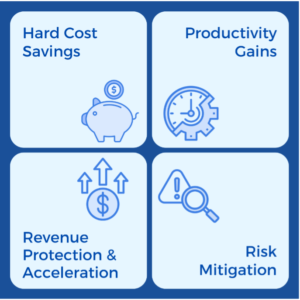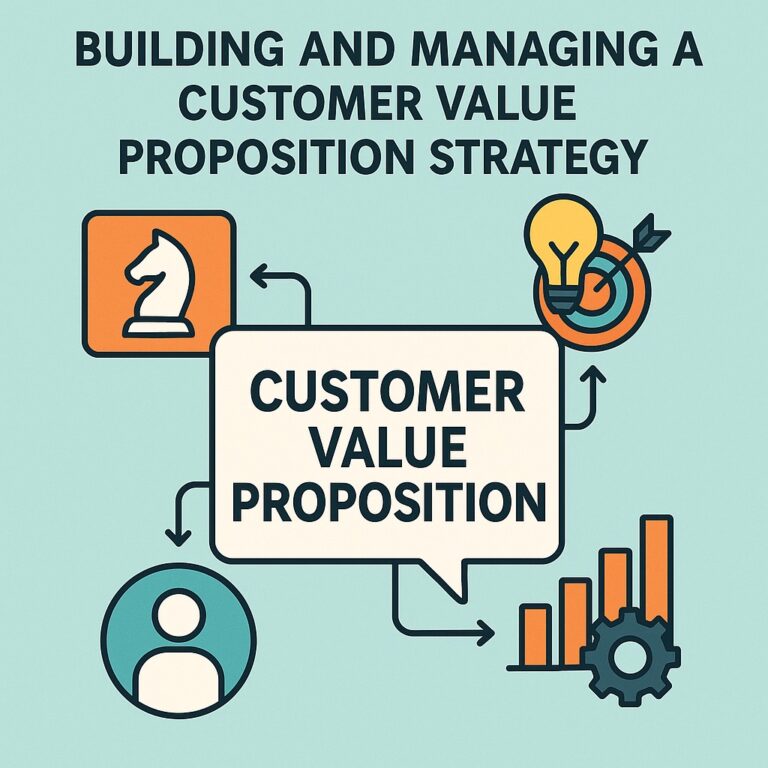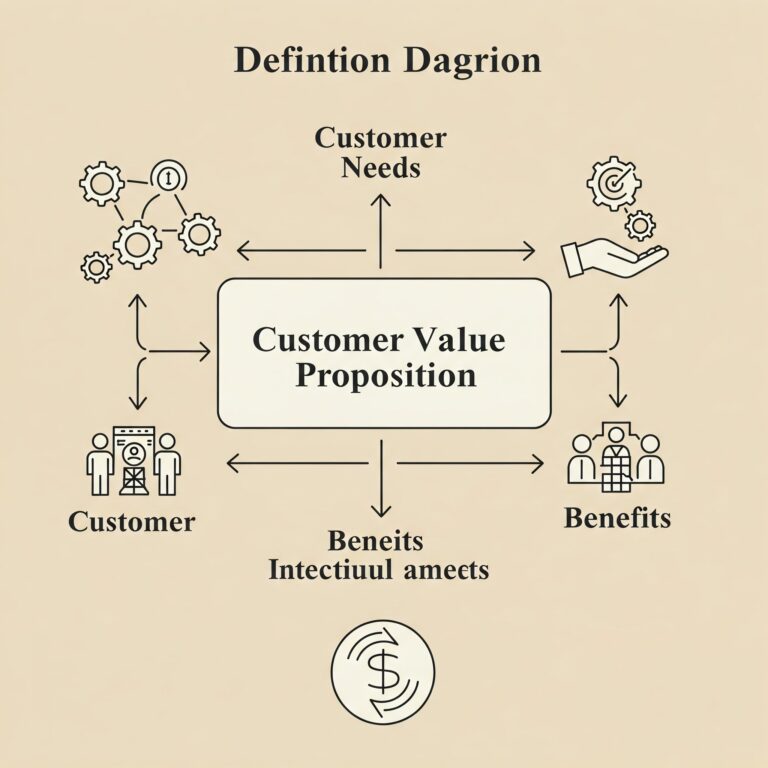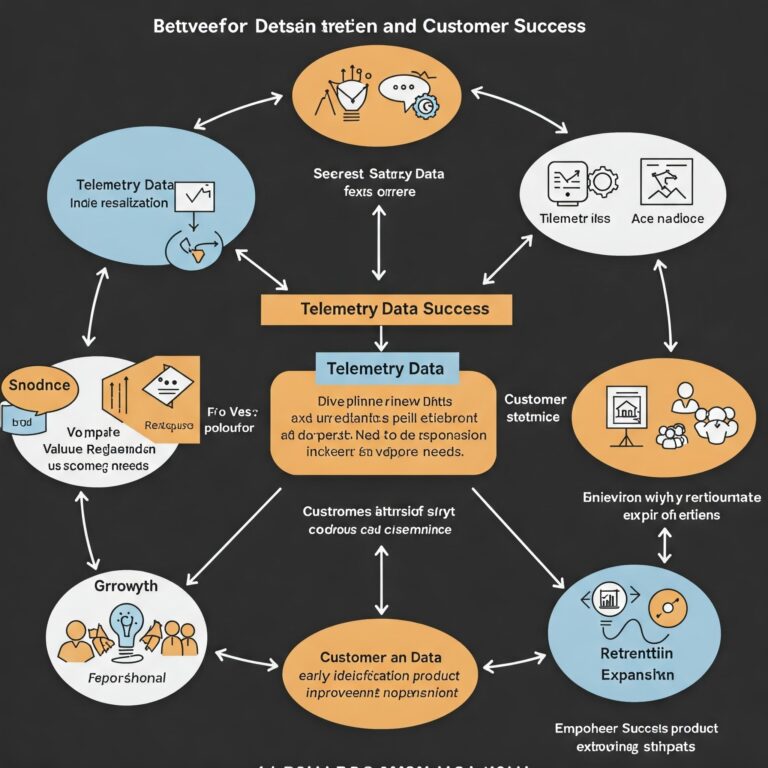This blog post is going to be about value selling in a recession and why it’s important.

When you’re focused on growth, you’re willing to place bets and make investments that could pay off, or may or may not pay off – you’re willing to experiment. You have both time and access to capital to run experiments. Therefore, for example, you could invest in two different solutions that will help you with revenue acceleration. You are willing to test which one’s going to work. And if one of them doesn’t work, you just include that cost as the extra cost of customer acquisition.
What’s different in a recessionary environment is budgets are truly fixed, and cash is truly limited. Companies consider their access to capital finite, versus seemingly infinite in a booming economy. So investment decisions have more scrutiny, and decisions above certain price points have even more scrutiny. Buying teams need more confidence that purchase decisions will pay off. In fact, certain sales reps are stating that they are “being asked by their customers to provide ROI statements 85% of the time now, versus 15% of the time last year.”
This is where “value selling” comes into play.
What is value selling?
The definition of value selling is presenting your overall value proposition to a customer in a way that allows them to quantify the operational and financial impact of your solution or service on their business. The key point is “quantify.” And the reason we say quantify is that we need to enable our buyers to compare the price of our solution with the operational and financial impacts that allow them to justify the purchase.
Notably, operational impact doesn’t always just mean dollars and cents. Operational impact includes items that relate to benefits and metrics that improve the business such as getting things done faster, more efficiently, and more effectively, reducing customer complaints, and increasing customer retention and NPS score. These metrics are meaningful and measurable but don’t always necessarily have a clear connection to dollars.
It’s important to distinguish the different types of operational and financial impacts that tend to matter to buyers. Generally, there are four main levers that buyers care about when they’re evaluating solutions:
- Reducing hard costs or actual money that they paid to third-party vendors.
- Reducing risk, which means reducing either the incident rate of bad things happening, errors being made, or customers canceling due to downtime or faulty products or services, etc.
- Productivity gains represent ways to complete more activities with fewer people or resources and complete those activities just as effectively.
- Revenue impact is either gaining market and more customers more quickly at higher prices or retaining existing customers.
How do we prioritize these factors in different macroeconomic environments? In a booming economy, buyers are willing to place bets on products and services which are going to have a bigger impact on productivity, for example, because they want their people to be able to do more things more quickly, freeing them up to focus on other activities that impact the growth of the business.
Relative Priority of Value Driver by Macroeconomic State
| Relative Priority of Value Driver | Booming Economy | Contracting Economy |
| Hard Cost Savings | Medium | High |
| Productivity Gains | Low | Low |
| Revenue Protection and Acceleration | High | Medium |
| Risk Mitigation | Medium | Medium |
On the other hand, in a recessionary economy, where budgets are fixed, hiring is frozen, and/or layoffs are happening, companies expect their employees to achieve more with less. Although it’s a bit counterintuitive, companies are less apt to invest in solutions that primarily impact productivity. They’re more interested in acquiring solutions that save actual hard costs. The best example of that is replacing a spend in a certain category with a similar product or service, or a substitute product or service that is less expensive and has functional parity. Another way of labeling this category of benefit is consolidation. “Total cost of ownership,” or TCO, is a metric that CFOs care about. It is defined as how much a solution will cost over a period of time, including both cash and people’s time.
This is not to say that companies will not continue to invest in solutions that help make their marketing and sales functions more effective. All companies must continue to attempt to grow revenue in this environment. What’s likely happening is that discretionary marketing funds are being reduced, and discretionary sales funds and activities are being reduced. For example, many companies are reducing travel budgets. So in this environment, it’s more important than ever, if you’re selling a solution that has an impact on marketing or sales, that you’re able to credibly back up the results.
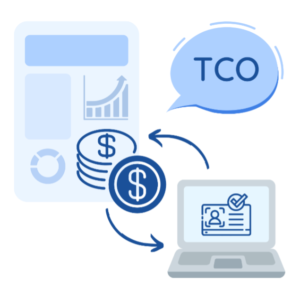
The best practice in this environment is to construct a way to quickly and elegantly assess what your customer is doing today, and where they’re spending cash on other solutions. The way this can best be accomplished is to utilize a dynamic form, with CRM integration, which lists categories of expenses that your customer typically is incurring. Pre-fill the form with the typical costs that companies do incur in that category. Your competitive intelligence team should be able to help you with some initial data. If needed, ValueCore’s team can help you with this process (learn how).
The next step is to train your reps on how to ask these questions and assist the customer if they don’t have all of the data at their fingertips. If you do this successfully, your reps should be able to approximate the total cost of their existing environment! You now have a framework that allows you to credibly present potential reductions at the aggregate level (e.g. “2.5% reduction in COGS”), as well as at the individual component level (e.g. “15% savings in fuel”). You can then discuss how your solution or service addresses each of these components.
The final step is to back up your claims of how you’re going to reduce their cost with information from existing customers (case studies, surveys), analyst reports, or both.

